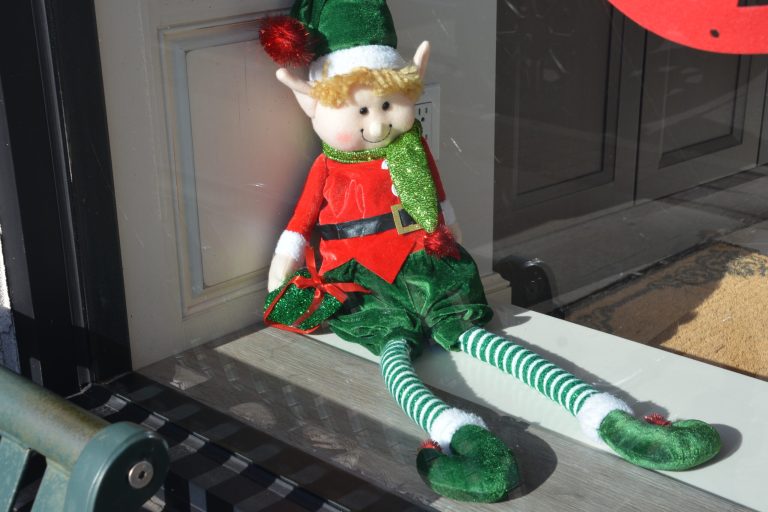
A nutcracker, a wooden puppet, and a stuffed rabbit walk into a bar.
The bartender says “Hello, Gentlemen, what can I do for you this evening?” to which they all say “Do you have anything that can make us real?” The bartender pauses, thinks for a moment, and responds by saying “Well, no, but I have the number of a guy who calls himself The Wizard. Maybe he can help.”
How to become a real human being is a topic seen in many children’s stories. These tales often involve inanimate toy objects that long to become real. “The Nutcracker” is one of the most popular ballets ever made and is used worldwide to usher in the Christmas season.
The original version was written by E.T.A. Hoffmann in 1816, then redone in 1892 by Alexandre Dumas and set to music by zpyotr IlyichTchaikovsky. The story takes place on Christmas eve in the home of the Stahlbaums and their two children Marie and Fritz.
The central plot involves a wooden nutcracker that looks like a toy soldier and is made real by the love of the young Marie.
This story shares elements with other famous children’s stories. Pinocchio was also made of wood, which eventually became real thanks to the Blue Fairy but not before experiencing several moments and challenges.
In the children’s book “The Velveteen Rabbit” a shabby old stuffed rabbit was once loved by a boy who outgrew him and the rabbit longs to be real. Its wish is granted by a garden Fairy but only after he sheds a tear.
Similarly, in the 1995 children’s film “Toy Story,” all the toys in the playroom have a deep longing to be played with by their human owners and not be abandoned. In the film “A.I.” by Steven Spielberg and Stanley Kubrick, a boy android named David longs to become real after his human mother abandons him. David is helped along the way by the android, Gigolo Joe, played by Jude Law.
And the most well-known tale of inanimate things that want to become real is seen in the “The Wizard of Oz” back in 1939. This is story of the scary journey down the yellow brick road taken by Dorothy, the Tim Man, the Cowardly Lion and the Scarecrow, all seeking their true inner self. Dorothy wants a loving home, the Lion wants courage, the Tin Man needs a heart and the Scarecrow a brain.
The dystopian science fiction story “Klara and the Sun” by Nobel Prize-winning author Kazuo Ishiguro is about a solar-powered A.F. (Artificial Friend) who is deeply bonded to her owner, a sickly child named Josie.
Klara is like a child herself and thinks animistically that the Sun will save her human friend. The novel was long-listed in 2021 for the Booker Prize in literature. Here again the author is grappling with the concept of what it means to be a real human being.
Mary Shelley’s “Frankenstein” is said to be the first horror story in literature and is about a creature that was made into a human only to be abandoned by its creator, Dr. Frankenstein. These stories became popular because they touch upon a basic human need, the desire to be real, true to oneself by experiencing love.
In “The Nutcracker” Marie’s love conjures up a warrior protector out of a wooden nutcracker. Pinocchio disobeys his creator, Geppetto, ventures out into the dangerous world and is protected and transformed by the love of the Blue Fairy. David in the Spielberg film “A.I.” embarks upon a harrowing quest to find ways to become a real boy and to finally be loved through the help of advanced aliens robots of the future.
All of these stories represent what the psychoanalyst Donald Winnicott referred to as the quest to find the true self.
Many children, especially gifted children, are exploited from an early age and learn that the only way to get any love is to become puppet-like or develop what psychoanalysts call a false self, responding to others’ needs and not their own. When this becomes habitual, it leads to depression and deep despair as typified in many of these stories of unhappy rabbits or robots or puppets or children.
The moral of all these tales, including “The Nutcracker,” is that growing up, being true to oneself requires a love that will set you free. The next time you see a children’s book, a ballet or a film featuring a toy, a stuffed animal, or a robot on a harrowing journey in quest of something, it’s a sure bet the author is actually discussing ways to find the most elusive thing on Earth: true love.






